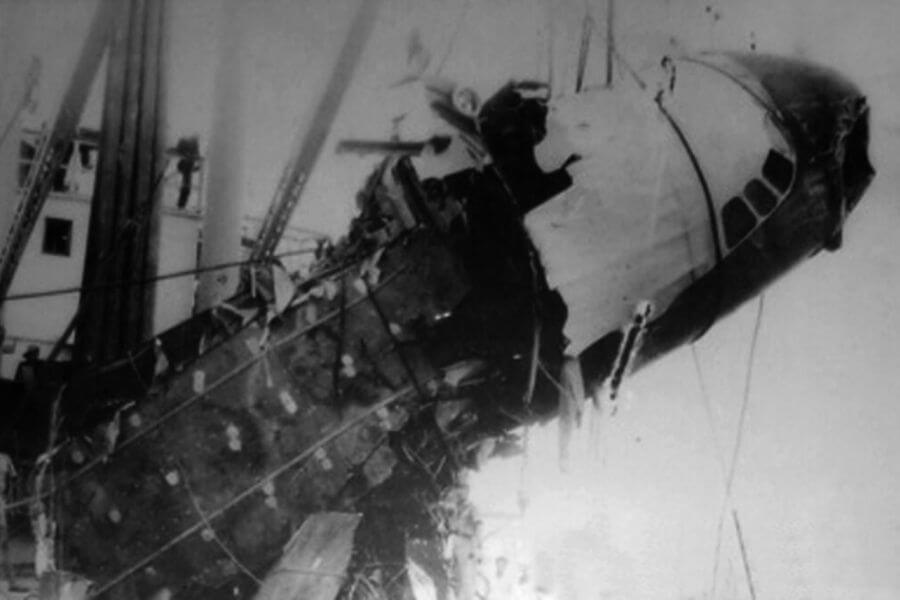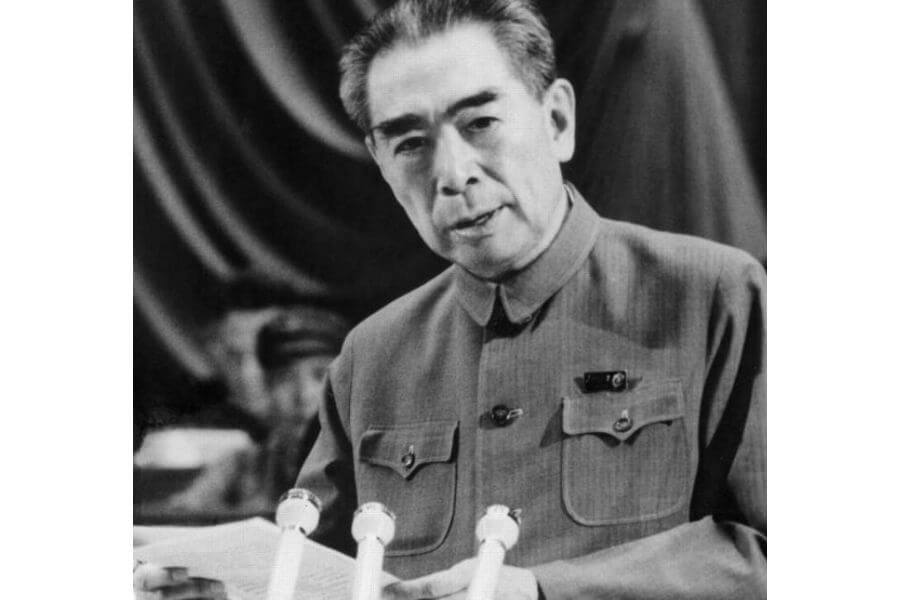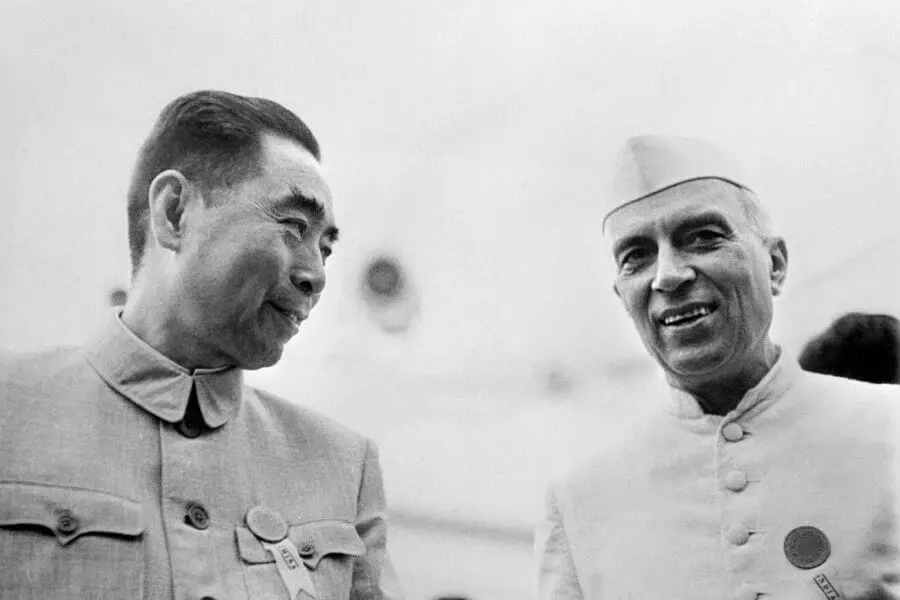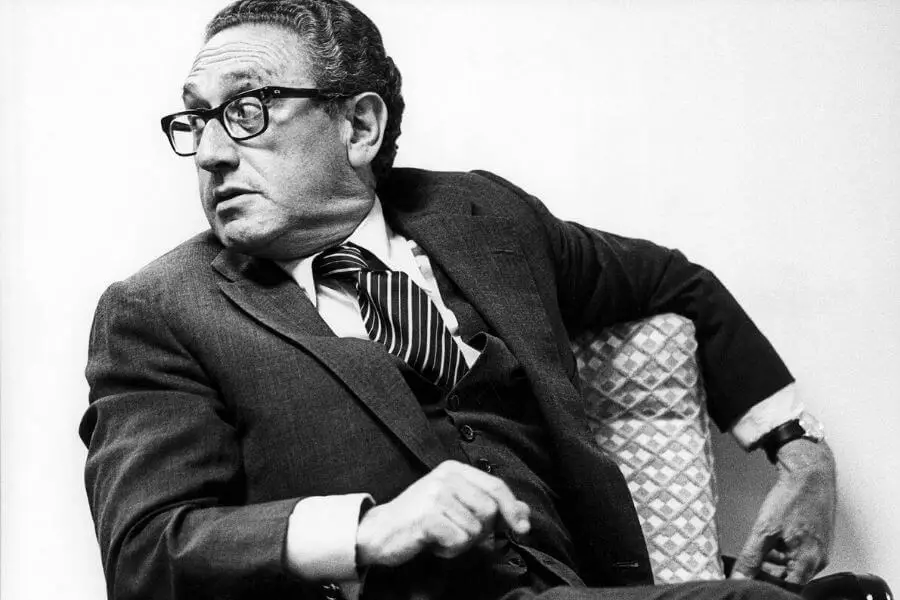Plane crashes are tragic but when there’s a conspiracy involved, you just can’t sit back and accept whatever explanation is thrown at you. One such mysterious plane crash was that of the Kashmir Princess Conspiracy.
No, it wasn’t a princess from Kashmir. It was a chartered plane owned by Air India. On 11 April 1955, due to a bomb explosion, the flight crashed into the South China Sea. It never reached Jakarta, Indonesia, its destination. Sixteen of those on board died in the crash while three survived and suffered injuries.
How Did The Crash Happen?

At 09:25 GMT, the passengers and crew onboard heard an explosion, and the cabin soon filled with smoke. The location of the fire was directly behind Engine no. 3 that led the pilot to shut down said engine to prevent it from catching fire. Three other engines were still running which gave the pilot time to send three distress signals before their radio went dead. Their last known location on air was over the Natuna Islands before they lost connection.
The captain tried to land on the sea which was made impossible by the depressurizing cabin and broken circuits. With the amount of smoke that filled the plane, life jackets were hastily issued and the emergency doors were opened by the crew for hopeful exits as the plane dived into the water below.
The starboard (right side) wing struck the water surface first, effectively breaking the aircraft into three parts. Only the maintenance engineer (ground engineer), navigator and first officer survived and were found by the Coast Guards later.
Cause And Conspiracy

Investigators think that the explosion and resulting crash was because of a time bomb. The bomb is suspected to have been placed on board by a Kuomintang secret agent in an attempt to assassinate Chinese Premier Zhou Enlai. However, the target of the bomb never boarded the plane. He missed his flight owing to a medical emergency.

This emergency was an appendectomy three days after which he got well enough for air travel and traveled to India to meet with the Prime Minister Jawaharlal Nehru and then to Burma to meet Prime Minister U Nu. He then successfully attended the Asia-Afro Bandung conference for which the passengers on the Kashmir Princess had originally departed.
It seems like many historians have noted this curious turn of events. These incidents are enough to give rise to a conspiracy theory. Steve Tsang of Oxford University wrote in The China Quarterly’s September 1994 edition that “Zhou knew of the plot beforehand and secretly changed his travel plans, though he did not stop a decoy delegation of lesser cadres from taking his place.”
Perpetrators
On the day following the crash, the Chinese Foreign Ministry issued a statement in which they described the bombing as a “murder by the special service organizations of the United States and Chiang Kai-shek”.
While the Hong Kong authorities assured that the bomb wasn’t placed on the aircraft in Hong Kong, further investigation by the Hong Kong police revealed that a janitor, Chow Tse-ming, for Hong Kong Aircraft Engineering Co. was involved in the planting of the bomb. It was revealed that Chow was recruited by the Kuomintang to aid with the plot to murder Zhou Enlai.

As for the involvement of the USA, the CIA admitted to having considered assassinating Zhou Enlai. But the Church Committee reported that these plans were never approved and ‘strongly censured’ by Washington. In 1971, Zhou directly asked Henry Kissinger about his country’s involvement to which the latter replied in the negative. (Of course, no one is going to confess that their country hatched a conspiracy to kill someone to their face!)
This story, however, does not end with mere suspicion and strong reprimanding of the perpetrators of the crash. The conspiracy questioning Zhou’s knowledge of the plot remains. Whether his decision that day was a stroke of luck or a well-thought attempt at self-preservation, the lives lost in the crash doesn’t make the latter reason justifiable.
Read Also: Who was behind Lincoln’s assassination?
